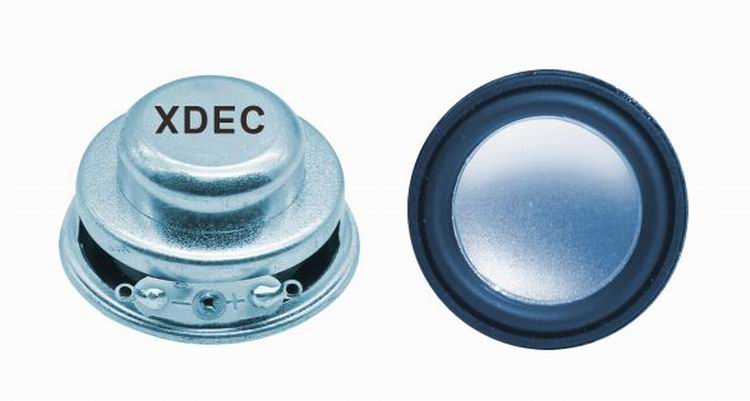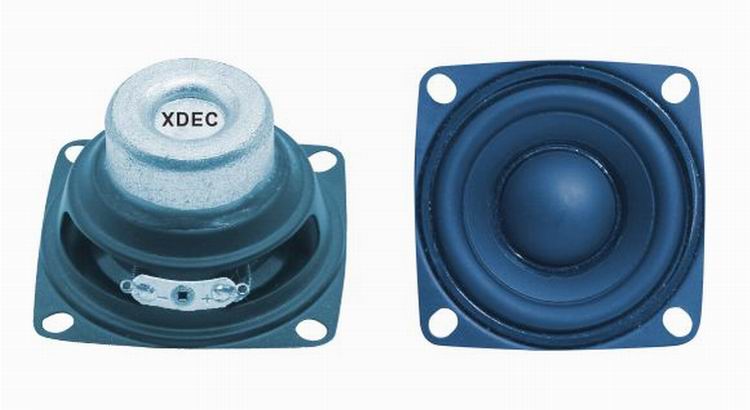The LED dead light phenomenon may be encountered by consumers from packaging companies and downstream finished product companies to the units and individuals used. The reason is that there are two types of conditions: First, the leakage current of the LED is too large to form a PN junction failure, which makes the LED lamp not bright. That kind of situation generally does not affect the work of other LED lamps; Second, the LED lamp The internal connection leads are disconnected, resulting in LEDs without current passing through and causing dead lights. Such conditions will affect the general operation of other LED lights. The reason is that the working voltage of the LED lights is low (red yellow orange LED working voltage 1.8V-2.2 V, blue-green-white LED working voltage 2.8-3.2V), generally connected in series and parallel to meet different operating voltages, the more series LED lights, the greater the impact, only there is no LED inside. If the connection is open, the zero string LEDs that will form the series circuit will not light up, which shows that the situation is more severe than the first situation. LED dead lights are the key to affecting the output volume and reliability. How to reduce and eliminate dead lights and improve the output volume and reliability are the key issues that companies need to deal with. The following is some analysis and discussion on some reasons for the formation of dead lights.
1. Static electricity damages the LED chip, invalidates the PN junction of the LED chip, and the leakage current becomes large, becoming a resistor
Static electricity is a kind of extremely harmful devil. There are countless electronic components damaged by static electricity in the world, resulting in economic losses of tens of millions of dollars. Therefore, the prevention of static electricity damage to electronic components is a very important task in the electronics industry. LED packaging and LED display companies must not take it lightly. If any problem occurs, it will cause damage to the LED and deteriorate the performance of the LED to failure. We know that the human body (ESD) static electricity can reach about 3,000 volts, the foot can break the LED chip and damage it. In the LED packaging production line, whether the grounding resistance of various devices can meet the requirements is also very important. Generally, the grounding resistance is required. It is 4 ohms, and the grounding resistance is not required in some occasions with high requirements, so as to reach ≤2 ohms.
The static electricity of the human body is also very damaging to the LED. When working, wear anti-static clothing and wear an electrostatic ring. The electrostatic ring is poorly grounded. There is no type of electrostatic ring that does not need to be grounded. The anti-static effect is not good. It is recommended not to When using such products, if the staff violates the operation rules, they should receive considerable warning education, and also serve to inform others. The amount of static electricity in the human body is related to the different fabrics worn by people and the body size of each person. When we take off our clothes in autumn and winter and night, it is very easy to see the discharge phenomenon between the clothes. The voltage of such electrostatic discharge is not three thousand. Volt. While the ESD value of the silicon carbide substrate chip is only 1100 volts, the ESD value of the sapphire substrate chip is even lower, as long as 500-600 volts. A good chip or LED, if we take it by hand (the body does not do any protective measures), the result can be imagined, the chip or LED will encounter different degrees of damage, and a good device will pass us The hand is inexplicably broken, that is the disaster caused by static electricity.
If packaging companies do not strictly follow the grounding regulations, it is the companies themselves that will suffer a loss of product qualification rate and reduce the economic impact of the company. If the companies that use LEDs also have bad grounding of equipment and personnel, the LEDs will be damaged and reworked It is inevitable. According to the requirements of the LED standard user manual, the lead of the LED should be no less than 3-5 mm from the colloid, and it is bent or soldered, but most users do not do that, but only the thickness of a PCB board ( ≤2mm), it will be indirectly soldered, which will also cause damage or damage to the LED. Due to the excessively high soldering temperature, the chip will be affected, the chip characteristics will be deteriorated, the luminous efficiency will be reduced, and the LED will be damaged. Such phenomena are not uncommon. . Some small enterprises use manual soldering and use a 40-watt ordinary soldering iron. The soldering temperature cannot be controlled. The soldering iron temperature is above 300-400 ℃. Excessive soldering temperature will also form a dead light. The expansion coefficient of the LED lead is higher than 150 ℃ at high temperature. The expansion coefficient of Zuo Zuo is several times higher. The internal gold wire solder joints will pull the solder joints apart due to excessive heat shrinkage and cold shrinkage, forming a dead light phenomenon.
Bluetooth speaker is a kind of speaker unit which is used for multimedia devices. They have loud sound, wide frequency response range and rich bass.
Our main Multimedia Speakers are full ranges speakers units:
1) From the diameter: we have speakers in 1" ~ 3".
2) From the power output, we have speakers of 2W ~ 15W.


FAQ
Q1. What is the MOQ?
XDEC: 2000pcs for one model.
Q2. What is the delivery lead time?
XDEC: 20 days for normal orders, 15 days for urgent orders.
Q3. What are the payment methods?
XDEC: T/T, PayPal, Western Union, Money Gram.
Q4. Can you offer samples for testing?
XDEC: Yes, we offer free samples.
Q5. How soon can you send samples?
XDEC: We can send samples in 3-5 days.
Bluetooth Speaker
Portable Bluetooth Speaker,Mini Bluetooth Speaker,Waterproof Bluetooth Speaker,Lamp Bluetooth Speaker
Shenzhen Xuanda Electronics Co., Ltd. , https://www.xdecspeaker.com
